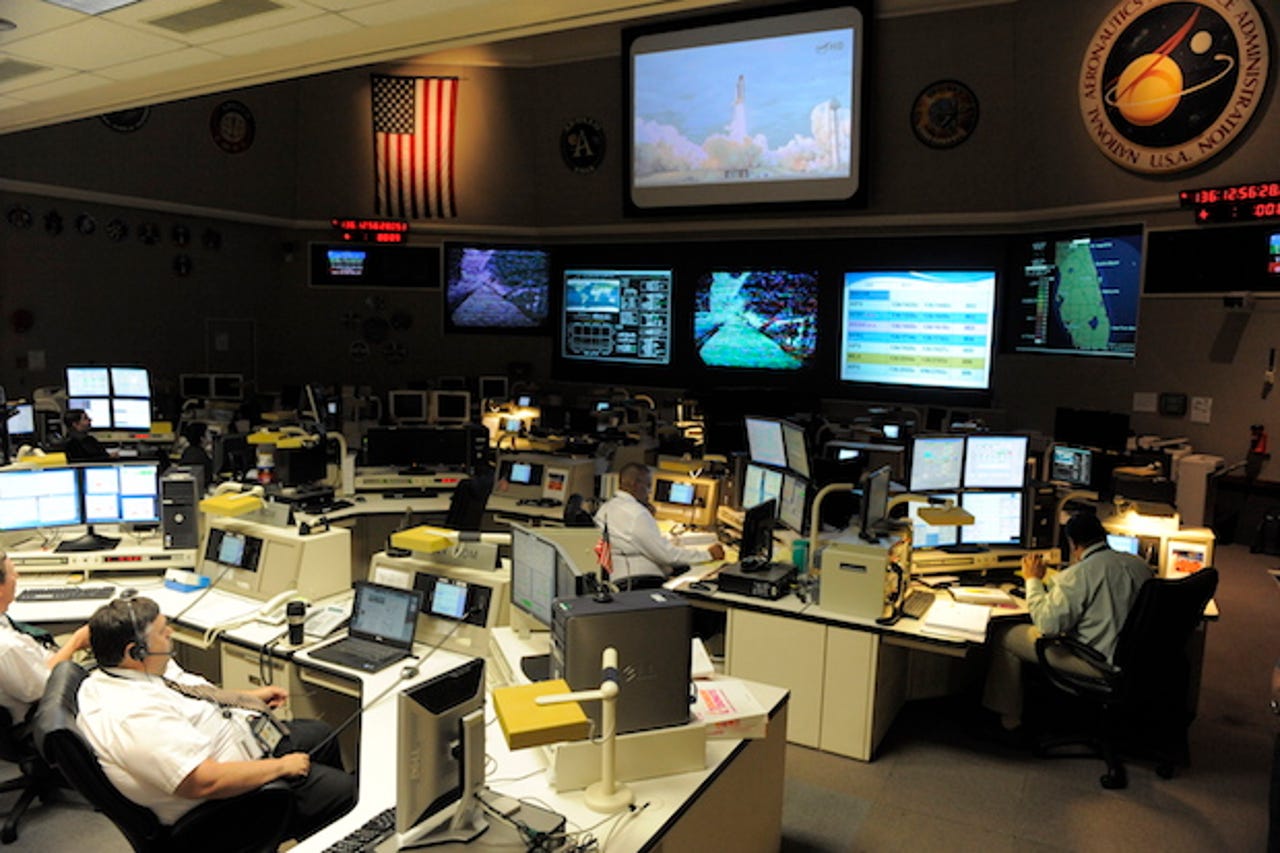NASA request for information summarizes the datacenter market


The NASA Goddard Space Flight Center (GSFC) finds itself in the same situation that many businesses and data center operators find themselves: It’s time to start considering the upgrade path for their datacenter operations.
But unlike most businesses, the GSFC has taken the approach of a public request, under the name Data Efficiency and Containerization, for information on three main approaches that they believe can solve the datacenter growth needs.
The GSFC has defined three solution paths — short-term, interim transitional, and long-term — that they believe best suit the facility’s needs. They are asking for vendors to respond to the request for information with solutions to these models that not only serve their needs but also meet the Federal Data Centers Consolidation and Green mandates.
The basic strategies that they want to address are:
- Datacenter retrofit technologies and solutions with high return-on-investment (ROI) as short term, interim measures;
- Individual stand alone, high ROI containerized DC solutions that meet criteria for two distinct use cases;
- Modular containerized DC solutions, again with high ROI, in order to establish a longer term strategic DC plan
In a nutshell, these three strategies accurately reflect the choices facing most datacenter operators. But the GSFC isn’t just letting vendors decide how to do this; they’ve provided very specific guidance in what they would like to see in each of the data scenarios. The detailed scenario considerations can be found here.
While each scenario has its own specific requirements, the savvy responder will see that they effectively need to mesh well, defining a growth path that starts with improving the existing infrastructure and evolves to the modularized replacement of the current datacenter. Solutions that discretely address each component, with associated reference material to real-life metrics and case studies, are a large part of what is being sought. But, an organized approach that walks through the entire lifecycle process seems to be the underlying demand that NASA is making in this request for information.